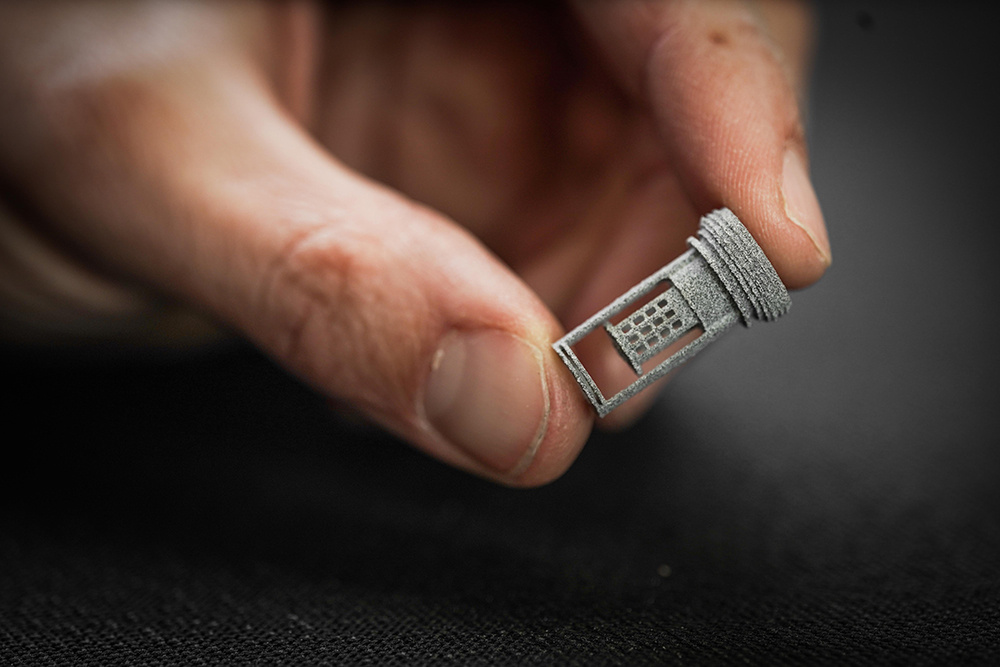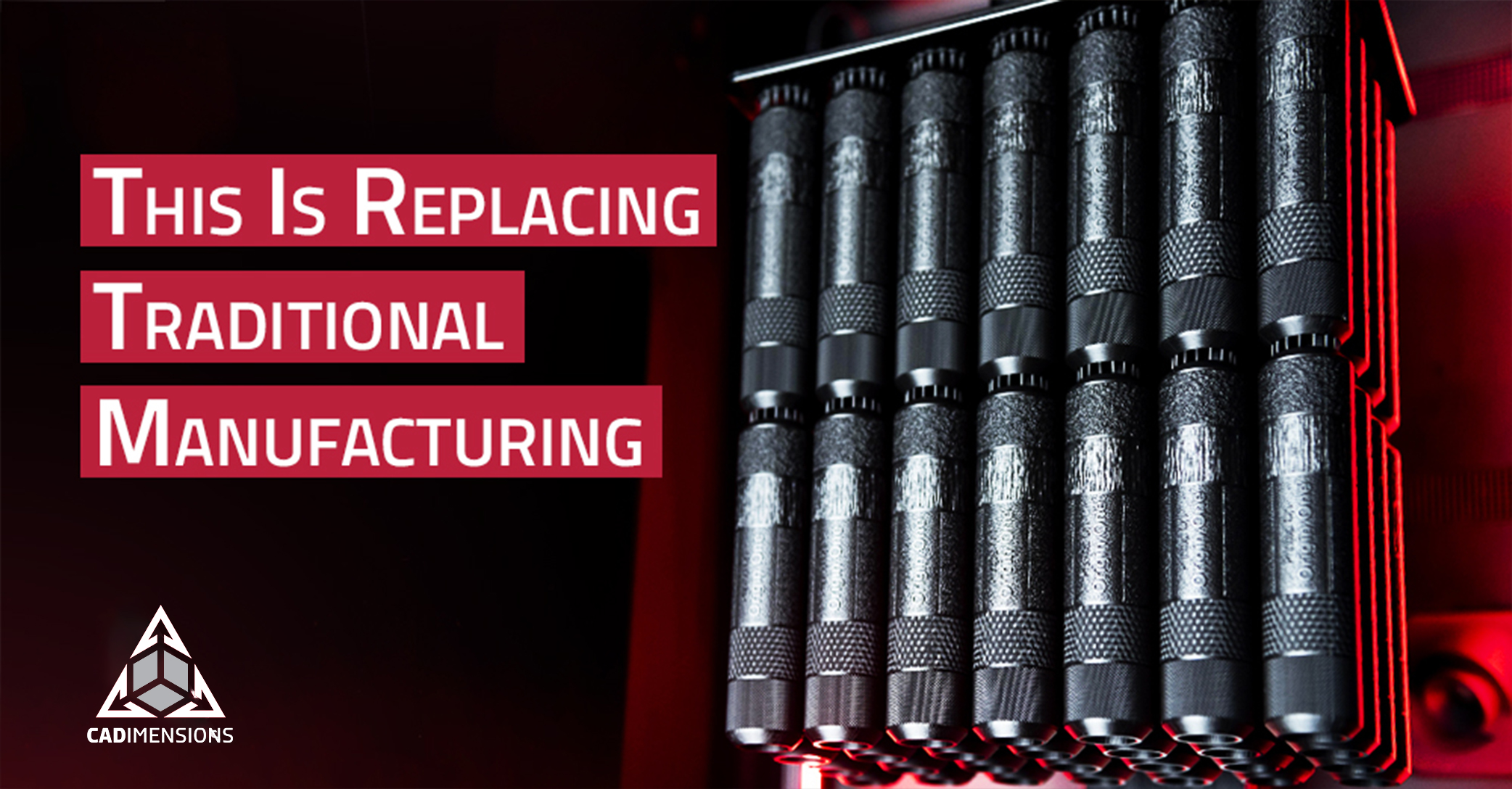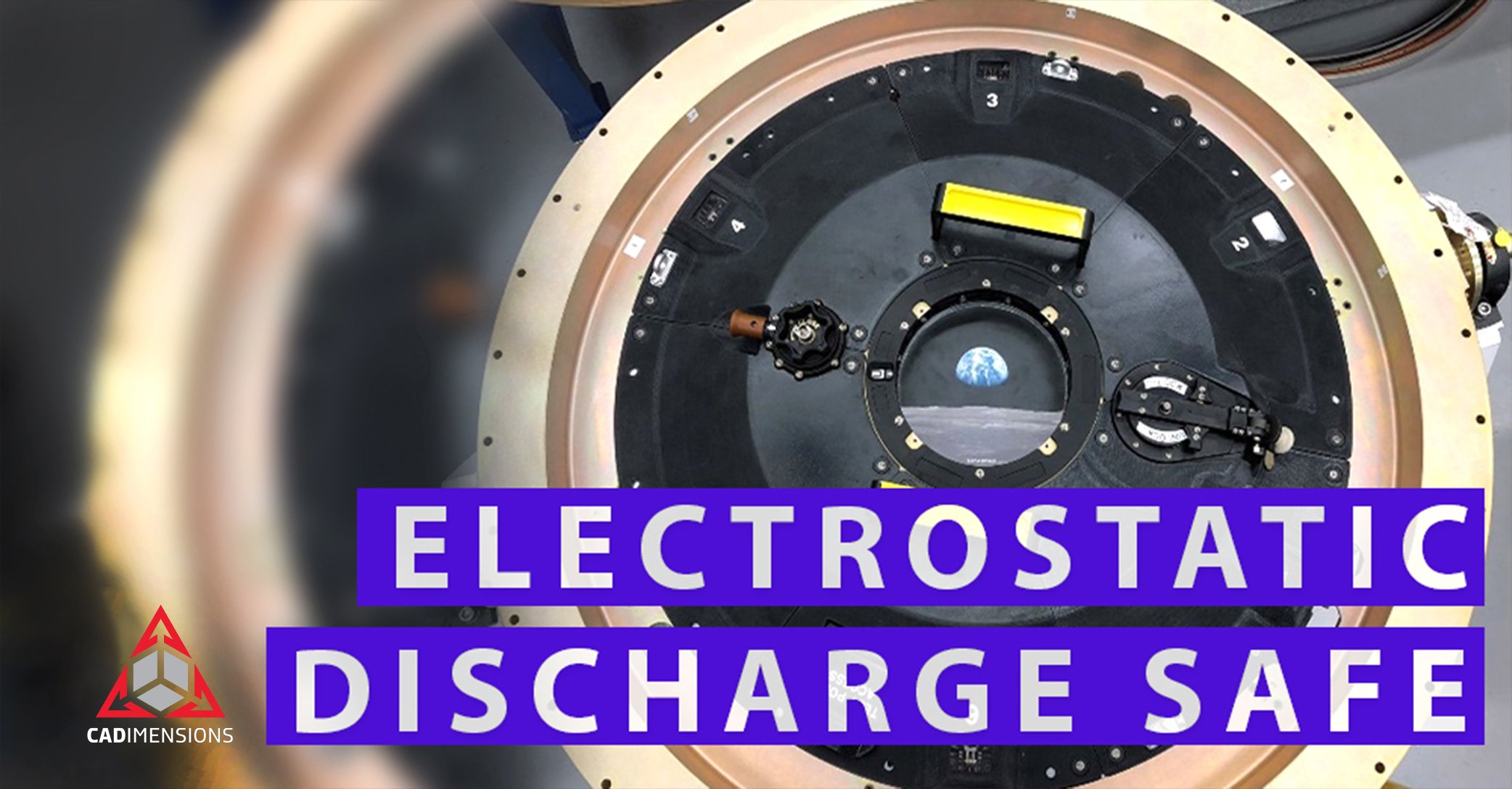Unleashing the Advantages of SAF Technology for Spare and Service Part Production
The Significance of Spare and Service Parts in Modern Industry
In modern industries, spare and service parts play a crucial role in ensuring continuity of operations. Many things, such as infrastructure and various products like cars, planes, trains, and machines, require access to spare parts throughout their lifespan. This necessitates long-term planning by companies to ensure the availability of parts during all stages of product development. The establishment of robust supply chains is essential to address any breakdowns or malfunctions promptly. When a machine breaks down on the production line, it requires a replacement part. If that part cannot be delivered and installed the same or next day, it becomes an expensive problem for the company.
An uninterrupted production processes is a top priority for companies, and having readily available spare parts is key to achieving this goal. Among the solutions that have revolutionized the industry, SAF technology stands out as a game-changer for many.
Advantages of Leveraging SAF Technology for Spare and Service Parts Production
Selective Absorption Fusion or "SAF" is a powder-bed 3D printing technology that offers several advantages, particularly in on-demand and low-volume production scenarios. With SAF, parts can be made on-demand, right when they are needed. It allows for tool-less production, making it as simple to produce 5 parts as it is to produce 5,000 parts. This flexibility enables companies to easily make design modifications and reprint parts if any changes occur.
SAF technology also offers customization and complexity handling capabilities for spare parts. Keeping track of spare parts and part inventories, whether physical or digital, can be a complex task. However, when spare parts are printed using SAF, it becomes easier to manage the associated data, part files, and other relevant information. Additionally, SAF enables the customization of spare parts, allowing companies to create geometries that function better than the original part. This opens up possibilities for improving the performance and durability of said parts.
Improved Inventory Management and Reduction of Warehousing Expenses
Traditionally, companies have grappled with the challenge of maintaining extensive inventories to ensure undisrupted production. However, SAF introduces a fundamental transformation by enabling on-demand production of parts. This shift eliminates the need for large warehouses to store excess inventory, as companies can now produce parts precisely when needed. Moreover, SAF facilitates the transition to digital warehousing, where inventory is managed digitally rather than physically. Digital warehousing offers numerous advantages, including real-time inventory tracking, better demand forecasting, and reduced manual errors.
By embracing digital warehousing alongside SAF technology, companies can optimize inventory levels, minimize storage costs, and enhance overall operational efficiency. Additionally, the streamlined inventory management afforded by digital warehousing ensures that companies have better control over their supply chain, enabling them to respond swiftly to changing market demands and achieve greater agility in their operations.
Material Selection and Compatibility for Service Parts Manufactured via SAF
When it comes to material selection for service parts manufactured via SAF, several options are available. Materials such as PA12, PA11, and Polypropylene are commonly used for the production of generic or complex spare parts. However, the selection of the appropriate material depends on the specific application and requirements of the spare part. It is crucial first to assess whether these materials are suitable for your intended purpose.
Environmental and Cost Considerations in SAF Spare Parts Production
With SAF technology, the utilization of materials like PA11, which is bio-renewable, underscores a commitment to eco-friendly practices. Moreover, SAF's additive manufacturing process inherently generates less waste compared to conventional manufacturing methods, contributing to environmental conservation efforts. Energy costs are also notably reduced with SAF, as the technology enables precise production tailored to specific needs, eliminating excess material and energy consumption.
Examples of Successful Implementation of SAF for Parts at Scale
Goetz Maschinenbau, a German mechanical engineering firm specializing in CNC milling and turning, aimed to address the difficulties of maintaining efficient part production. Goetz initially tested various sintering methods but found issues with warping and inconsistencies in parts. They then opted for Stratasys' SAF technology printer, the H350, known for its production-level output.
“For end-use parts especially, we anticipate that the H350 will enable us to extend our service offering to address a wider range of volume production applications. This will be a huge benefit for existing customers, but moreover, will improve our ability to go after new clients in new markets.” - Philipp Goetz Owner of Goetz Maschinenbau Check out the full story here.
Highlighting The Key Takeaways
In conclusion, spare and service parts are indispensable components in modern industry, ensuring the continuity of operations across various sectors. To address the challenges associated with part production and management, companies are increasingly turning to innovative solutions like SAF technology. SAF offers numerous benefits, including on-demand production, customization capabilities, and improved inventory management, leading to significant cost savings and enhanced operational efficiency.





















